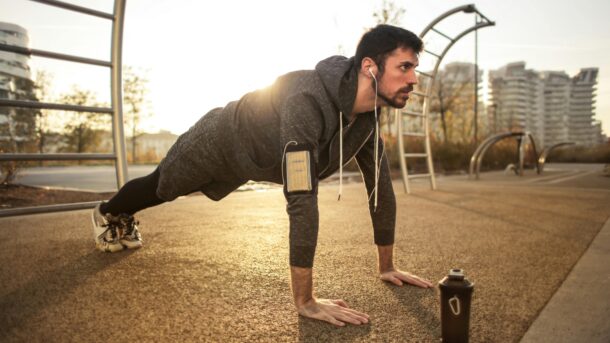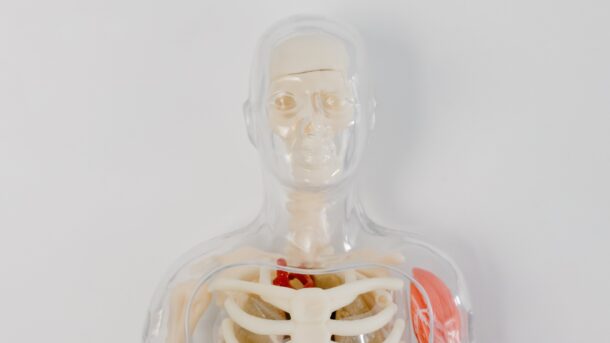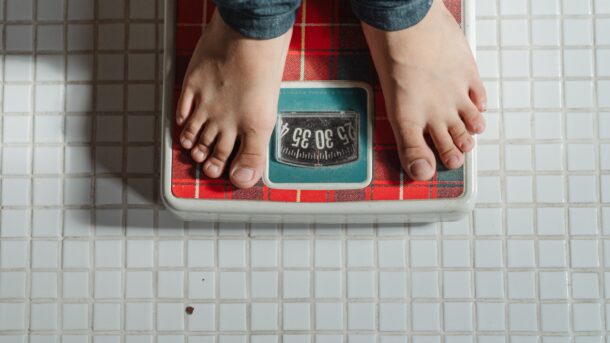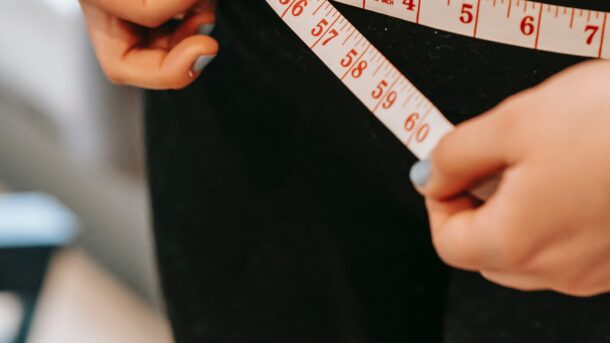A 5 minute morning exercise for beginners without a gym is a great way to start the day! This is a perfect routine for people with no time. When you start your day off right with this simple 5 minute routine, you’ll feel energized and ready to take on the rest of the day. Modern life is fast-paced and busy.
Many studies have demonstrated the value of even a tiny amount of exercise on a daily basis. S
Consider incorporating exercise into your daily routine, and you’ll start the day off right. Here is a quick 5 minute routine that you can incorporate into your day-to-day exercise habit!
Minute 1: Stretch
Daily stretching improves blood circulation, reduces stress, and improves your overall range of motion. The key is to ensure that you’re stretching each of the main muscle groups in your body (Chest, Back, Abdominal, Arms, and Legs). Aim to hold each stretch for at least 10-15 seconds.
You can easily stretch your back and leg muscles while lying down in bed. Simply lie flat on your back, bring your legs toward your chest and hold the position for a period of 15 seconds each. Arms/shoulders can easily be stretched while seated. Extend your right to the left side and hold it with your left hand. Repeat with the left arm, and extend it to the other side.
Minute 2: Push-ups
Push-ups are another simple exercise that you can do in just 1 minute per day. Aim to complete 40-50 of these in a 1-minute session. Push-ups have benefits for both muscle strength and cardiovascular health. Just aim to keep your back straight, place your hands at shoulder-width apart from one another, and repeat the push-up motion.
Minute 3: Mountain Climb
This is an easy and fun core workout! Mountain climbs begin in a pushup position. Instead of doing a pushup, bring your legs forward and backward as if you were running in place from a pushup position. Aim to complete 20-30 of these at various paces, both slow and fast. It’s easy to accomplish this in a few minutes or less each day. These have been demonstrated to improve cardiovascular function and range of motion in the legs.
Minute 4: Burpee
A burpee exercise begins from a standing position. Start by moving your legs side by side inward from the push-up position (similar to doing a mountain climber). Jump back up, and clap your hands in the air. While jumping back up, bring your legs inward toward your chest. This can be a difficult exercise, especially if you’re a beginner. Aim to do 10-20 of these in a minute. As part of a series of similar exercises in a research setting, Burpees demonstrated significant improvements in body oxygen uptake and endurance.
Minute 5: Run In Place
If you can’t run outside, running in place indoors can have the same cardiovascular benefit. Run in place for the last minute of your exercise. It’s a great way to build your strength, as you’re shifting your weight from one leg to another. It’s a great alternative to exercising outside if you are unable to run outside.
There’s nothing that should hold you back from adding exercise to your day-to-day routine! It’s a critical part of your day, and neglecting it means that you’ll neglect your health and future health needs. A brief daily exercise routine can help you make consistent progress toward health and wellness goals.








Recent Comments